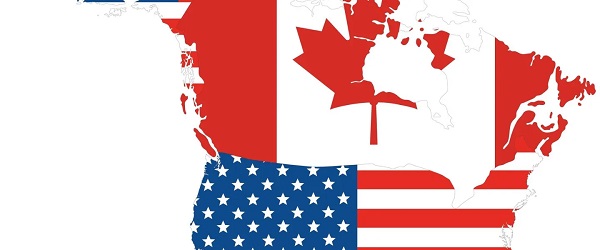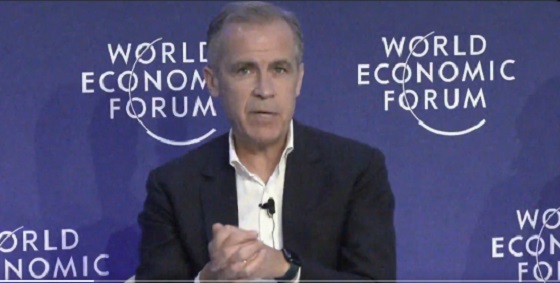Uncategorized
McCain buried at Naval Academy alongside a longtime friend
ANNAPOLIS, Md. — Sen. John McCain’s final journey ended Sunday on a grassy hill at the U.S. Naval Academy within view of the Severn River and earshot of midshipmen present and future, and alongside a lifelong friend.
A horse-drawn caisson carrying the senator’s casket led a procession of mourners from the academy’s chapel to its cemetery following a private service. The senator’s widow, Cindy, and his children were among those who walked behind the caisson. Joining them were family and friends as well as members of McCain’s Class of 1958, military leaders and academy midshipmen.
About 4 p.m. a flyover of military aircraft
After the American flag was removed from the casket, a grieving Cindy McCain pressed her cheek to its surface and McCain sons Jimmy and Jack shared a hug.
The burial was private as per the wishes of McCain, the Arizona Republican and 2008 presidential nominee died Aug. 25 from brain cancer at age 81. Vehicles that had carried mourners began leaving the area between 4:30 and 5 p.m.
One scheduled speaker at the service, Sen. Lindsey Graham, said before the service that he would tell the audience that “nobody loved a soldier more than John McCain, that I bear witness to his commitment to have their back, travel where they go, never let them be forgotten.” Also expected to pay tribute were David Petraeus, a retired general and former CIA director, and McCain’s son Jack.
As the hearse carrying McCain passed through a gate and into the academy, there was loud applause from the several hundred people lining the street outside on the hot and muggy summer day. Many held their hands over their hearts and waved American flags. Some shouted, “God bless you.”
People in the crowd held signs that read “Senator John McCain Thanks For Serving! Godspeed” and “Rest In Peace Maverick.”
For his final resting place, McCain picked the historic site overlooking the Severn River, not Arlington National Cemetery, where his father and grandfather, both admirals, were buried.
Years ago Chuck Larson, an admiral himself and an ally throughout McCain’s life, reserved four plots at the cemetery — two for McCain and himself, and two for their wives, now widows. Larson died in 2014, and McCain wrote in a recent memoir that he wanted to be buried next to his friend, “near where it began.”
Among the pallbearers on a list provided by McCain’s office were Frank Gamboa, his academy roommate;
Tributes to McCain began Wednesday in Arizona and continued for the remainder of the week. On Saturday, speeches by his daughter Meghan and two former presidents — Republican George W. Bush and Democrat Barack Obama — remembered McCain as a patriot who could bridge painful rivalries. While their remarks made clear their admiration for him, they also represented a repudiation of President Donald Trump’s brand of tough-talking, divisive politics. Trump and McCain were at odds during the 2016 campaign and for much of Trump’s presidency.
“There’s a lesson to be learned this week about John McCain,” said Graham, R-S.C.
“No. 1, Americans appreciate military service. … If you work hard and do your homework and know what you’re talking about, people will listen to you. That if you pick big causes bigger than yourself, you’ll be remembered,” he told “Fox News Sunday.”
“He tried to drain the swamp before it was cool, that you can fight hard and still be respected. If you forgive, people appreciate it, and if you admit to mistakes, you look good as a stronger man. That’s the formula, John McCain. This was a civics lesson for anybody who wanted to listen. Why do we remember this man? Because of the way he conducted his public life.”
Susan Walsh, The Associated Press
Uncategorized
Trump Admin Establishing Council To Make Buildings Beautiful Again


From the Daily Caller News Foundation
By Jason Hopkins
The Trump administration is creating a first-of-its-kind task force aimed at ushering in a new “Golden Age” of beautiful infrastructure across the U.S.
The Department of Transportation (DOT) will announce the establishment of the Beautifying Transportation Infrastructure Council (BTIC) on Thursday, the Daily Caller News Foundation exclusively learned. The BTIC seeks to advise Transportation Secretary Sean Duffy on design and policy ideas for key infrastructure projects, including highways, bridges and transit hubs.
“What happened to our country’s proud tradition of building great, big, beautiful things?” Duffy said in a statement shared with the DCNF. “It’s time the design for America’s latest infrastructure projects reflects our nation’s strength, pride, and promise.”
“We’re engaging the best and brightest minds in architectural design and engineering to make beautiful structures that move you and bring about a new Golden Age of Transportation,” Duffy continued.
Mini scoop – here is the DOT’s rollout of its Beautifying Transportation Infrastructure Council, which will be tasked with making our buildings beautiful again. pic.twitter.com/
9iV2xSxdJM — Jason Hopkins (@jasonhopkinsdc) October 23, 2025
The DOT is encouraging nominations of the country’s best architects, urban planners, artists and others to serve on the council, according to the department. While ensuring that efficiency and safety remain a top priority, the BTIC will provide guidance on projects that “enhance” public areas and develop aesthetic performance metrics.
The new council aligns with an executive order signed by President Donald Trump in August 2025 regarding infrastructure. The “Making Federal Architecture Beautiful Again” order calls for federal public buildings in the country to “respect regional architectural heritage” and aims to prevent federal construction projects from using modernist and brutalist architecture styles, instead returning to a classical style.
“The Founders, in line with great societies before them, attached great importance to Federal civic architecture,” Trump’s order stated. “They wanted America’s public buildings to inspire the American people and encourage civic virtue.”
“President George Washington and Secretary of State Thomas Jefferson consciously modeled the most important buildings in Washington, D.C., on the classical architecture of ancient Athens and Rome,” the order continued. “Because of their proven ability to meet these requirements, classical and traditional architecture are preferred modes of architectural design.”
The DOT invested millions in major infrastructure projects since Trump’s return to the White House. Duffy announced in August a $43 million transformation initiative of the New York Penn Station in New York City and in September unveiledmajor progress in the rehabilitation and modernization of Washington Union Station in Washington, D.C.
The BTIC will comprise up to 11 members who will serve two-year terms, with the chance to be reappointed, according to the DOT. The task force will meet biannually. The deadline for nominations will end Nov. 21.
Uncategorized
New report warns WHO health rules erode Canada’s democracy and Charter rights

The Justice Centre for Constitutional Freedoms has released a new report titled Canada’s Surrender of Sovereignty: New WHO health regulations undermine Canadian democracy and Charter freedoms. Authored by Nigel Hannaford, a veteran journalist and researcher, the report warns that Canada’s acceptance of the World Health Organization’s (WHO) revised International Health Regulations (IHR) represents a serious erosion of national independence and democratic accountability.
The IHR amendments, which took effect on September 19, 2025, authorize the WHO Director-General to declare global “health emergencies” that could require Canada to follow directives from bureaucrats in Geneva, bypassing the House of Commons and the will of Canadian voters.
The WHO regards these regulations as “binding,” despite having no ability or legal authority to impose such regulations. Even so, Canada is opting to accept the regulations as binding.
By accepting the WHO’s revised IHR, the report explains, Canada has relinquished its own control over future health crises and instead has agreed to let the WHO determine when a “pandemic emergency” exists and what Canada must do to respond to it, after which Canada must report back to the WHO.
In fact, under these International Health Regulations, the WHO could demand countries like Canada impose stringent freedom-violating health policies, such as lockdowns, vaccine mandates, or travel restrictions without debate, evidence review, or public accountability, the report explains.
Once the WHO declares a “Pandemic Emergency,” member states are obligated to implement such emergency measures “without delay” for a minimum of three months.
Importantly, following these WHO directives would undermine government accountability as politicians may hide behind international “commitments” to justify their actions as “simply following international rules,” the report warns.
Canada should instead withdraw from the revised IHR, following the example of countries like Germany, Austria, Italy, Czech Republic, and the United States. The report recommends continued international cooperation without surrendering control over domestic health policies.
Constitutional lawyer Allison Pejovic said, “[b]y treating WHO edicts as binding, the federal government has effectively placed Canadian sovereignty on loan to an unelected international body.”
“Such directives, if enforced, would likely violate Canadians’ Charter rights and freedoms,” she added.
Mr. Hannaford agreed, saying, “Canada’s health policies must be made in Canada. No free and democratic nation should outsource its emergency powers to unelected bureaucrats in Geneva.”
The Justice Centre urges Canadians to contact their Members of Parliament and demand they support withdrawing from the revised IHR to restore Canadian sovereignty and reject blind compliance with WHO directives.
-

 Alberta2 days ago
Alberta2 days agoB.C. would benefit from new pipeline but bad policy stands in the way
-

 Energy1 day ago
Energy1 day agoCAPP calls on federal government to reset energy policy before it’s too late
-

 Economy2 days ago
Economy2 days agoTop Scientists Deliberately Misrepresented Sea Level Rise For Years
-
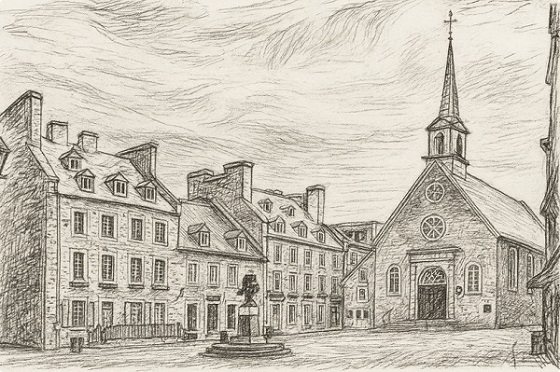
 Frontier Centre for Public Policy2 days ago
Frontier Centre for Public Policy2 days agoChurches Are All That Stands Between Canada And Tyranny
-
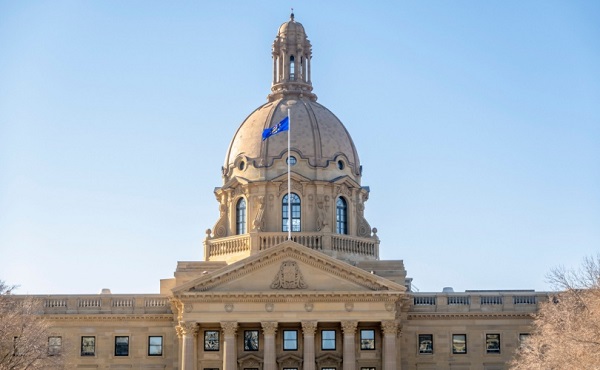
 Alberta2 days ago
Alberta2 days agoAlberta introduces bill allowing province to reject international agreements
-
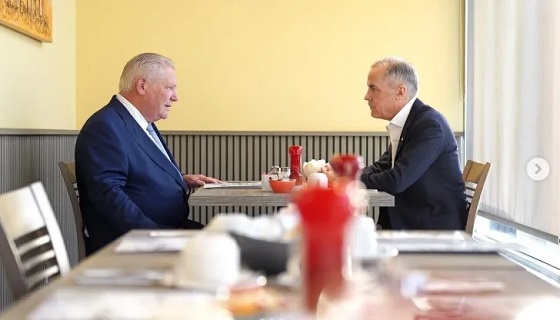
 Business1 day ago
Business1 day agoTrump Raises US Tariffs on Canadian Products by 10% after Doug Ford’s $75,000,000 Ad Campaign
-

 Business2 days ago
Business2 days agoCarney government risks fiscal crisis of its own making
-

 Business1 day ago
Business1 day agoCanada is still paying the price for Trudeau’s fiscal delusions





